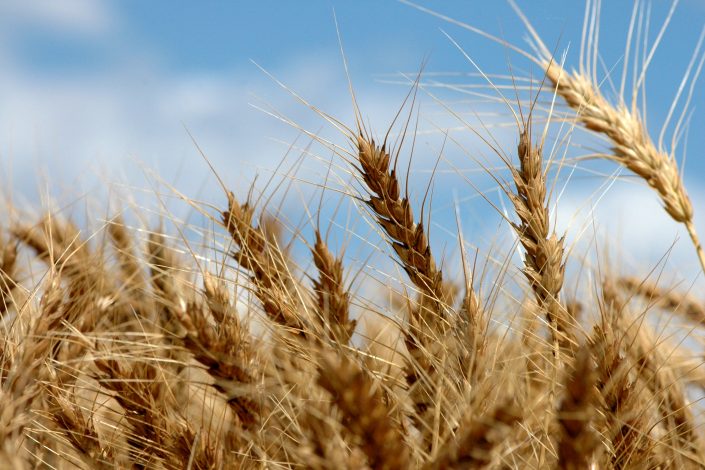Genetic approach could develop wheat that stands up to diseases

Image: Texas A&M AgriLife Research
The winds of the Texas High Plains are a major contributor to the spread of mite–transmitted viral diseases in wheat. In a paper published recently in Crop Science journal, the wheat genetics research team at Amarillo — led by Shuyu Liu, a small grains geneticist with Texas A&M AgriLife Research — outlined how better control will come through genetics.
The genetics research team attacked the problem with a two-pronged approach – study the mites to determine what they attack the hardest and study the wheat varieties to see which provide the most resistance and what prompts that resistance.
“In our screening, there were relatively high numbers of wheat lines from the Texas A&M breeding program that exhibited resistance to the wheat curl mite, which was mainly due to the utilization of TAM 112 sources in the crosses,” Liu said.
TAM 112 is a popular cultivar for its drought tolerance and had been identified by the Texas A&M wheat-breeding program as having resistance to wheat curl mite and wheat streak mosaic virus under field conditions.
Through the newly developed protocol, Liu’s team determined that TAM 112 and its derived lines, including TAM 204, have the resistance gene from Aegilops tauschii, an annual goatgrass that is an ancestor of bread wheat.
Both Aegilops tauschii and the rye influence provide TAM 112’s wheat curl mite resistance, he said. The one from rye doesn’t work against some of the wheat curl mite populations in Texas, but it does have value in many field situations.
The research clears up confusion as to why some TAM 112 progeny were not consistently resistant. Now wheat breeders can develop wheat varieties by using the genetic markers to get the most effective gene and avoid testing lines with inconsistent resistance, he said.

